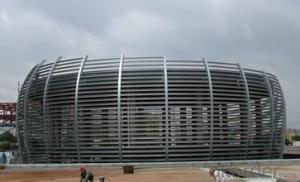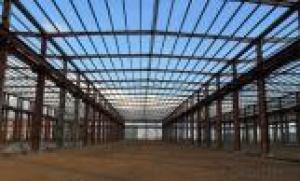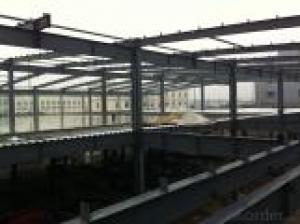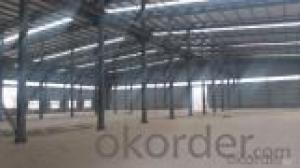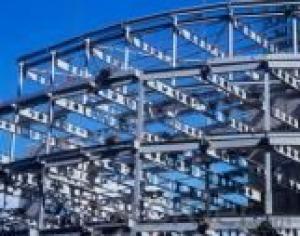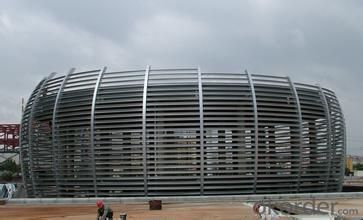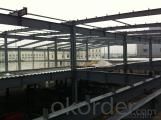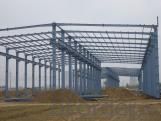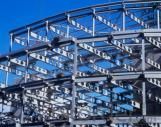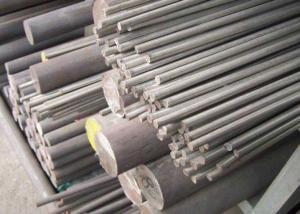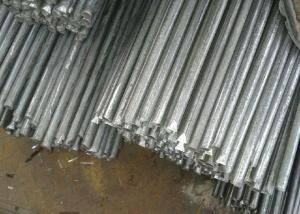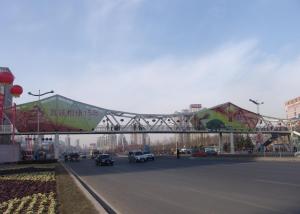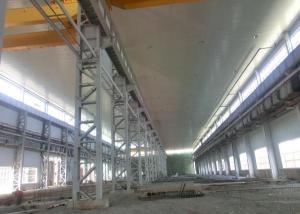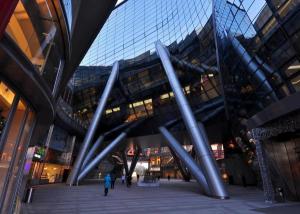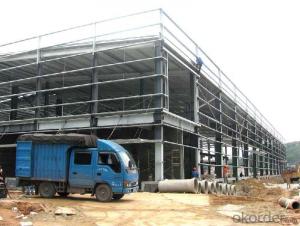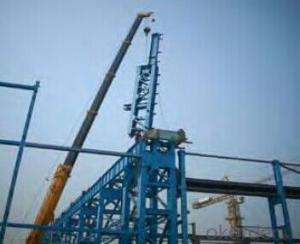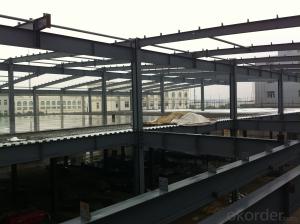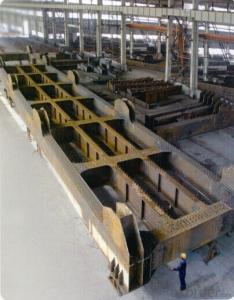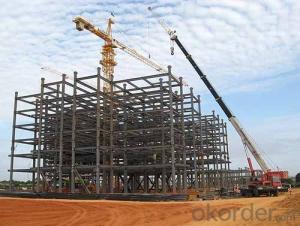Steel Structure Workshop And Steel Structure Warehouse With High Quality
- Loading Port:
- China Main Port
- Payment Terms:
- TT or LC
- Min Order Qty:
- -
- Supply Capability:
- -
OKorder Service Pledge
OKorder Financial Service
You Might Also Like
OKorder is offering Steel Structure Workshop and Steel Structure Warehouse with high qualityat great prices with worldwide shipping. Our supplier is a world-class manufacturer of steel, with our products utilized the world over. OKorder annually supplies products to European, North American and Asian markets. We provide quotations within 24 hours of receiving an inquiry and guarantee competitive prices.
Product Applications:
Steel Structure Workshop and Steel Structure Warehouse with high quality are ideal for structural applications and are widely used in the construction of buildings and bridges, and the manufacturing, petrochemical, and transportation industries.
Product Advantages:
Steel Structure Steel Structure Workshop and Steel Structure Warehouse with high qualityare durable, strong, and resist corrosion.
Main Product Features:
· Premium quality
· Prompt delivery & seaworthy packing (30 days after receiving deposit)
· Corrosion resistance
· Professional Service
· Competitive pricing
Product Specifications:
Project: Jinan west railway station
Position: The Beijing-Shanghai high speed railway (Jinan)
Steel dosage: 5000MTs
Structure type: Box, tube, bending and twisting, transverse connection
1. GB standard material
2. High Structural safety and reliability
3. The production can reach GB/JIS/ISO/ASME standard
Packaging & Delivery of steel structure
1. According to the project design and the component size, usually the main component parts are nude packing and shipped by bulk vessel. And the small parts are packed in box or suitable packages and shipped by containers.
2. This will be communicated and negotiated with buyer according to the design.
Engineering Design Software of steel structure
Tekla Structure \ AUTO CAD \ PKPM software etc
⊙Complex spatial structure project detailed design
⊙Construct 3D-model and structure analysis. ensure the accuracy of the workshop drawings
⊙Steel structure detail ,project management, automatic Shop Drawing, BOM table automatic generation system.
⊙Control the whole structure design process, we can obtain higher efficiency and better results
Technical support of steel structure
Worker | Rate of frontline workers with certificate on duty reaches 100% |
Welder | 186 welders got AWS & ASME qualification 124 welders got JIS qualification 56 welders got DNV &BV qualification |
Technical inspector | 40 inspectors with UT 2 certificate 10 inspectors with RT 2 certificate 12 inspectors with MT 2 certificate 3 inspectors with UT3 certificate |
Engineer | 21 engineers with senior title 49 engineers with medium title 70 engineers with primary title. 61 First-Class Construction Engineers 182 Second-Class Construction Engineers |
International certification | 10 engineers with International Welding engineer, 8 engineers with CWI. |
Production Flow of steel structure/steel frame
Material preparation—cutting—fitting up—welding—component correction—rust removal—paint coating—packing—to storage and transportation (each process has the relevant inspection)
FAQ:
Q1: Why buy Materials & Equipment from OKorder.com?
A1: All products offered byOKorder.com are carefully selected from China's most reliable manufacturing enterprises. Through its ISO certifications, OKorder.com adheres to the highest standards and a commitment to supply chain safety and customer satisfaction.
Q2: How do we guarantee the quality of our products?
A2: We have established an advanced quality management system which conducts strict quality tests at every step, from raw materials to the final product. At the same time, we provide extensive follow-up service assurances as required.
Q3: Can stainless steel rust?
A3: Stainless does not "rust" as you think of regular steel rusting with a red oxide on the surface that flakes off. If you see red rust it is probably due to some iron particles that have contaminated the surface of the stainless steel and it is these iron particles that are rusting. Look at the source of the rusting and see if you can remove it from the surface.
Images:
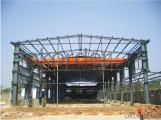

- Q: What are the considerations for designing steel structures in cold climates?
- Some considerations for designing steel structures in cold climates include selecting appropriate materials with high cold-weather resistance, ensuring proper insulation to prevent heat loss and condensation issues, accounting for the effects of temperature changes on steel properties, incorporating snow and ice load calculations, and implementing effective corrosion protection measures due to the increased risk of rust in cold and wet conditions.
- Q: What is the price of the light steel structure?
- Dry light steel structure according to the size and weight are the same, is generally calculated by weight, but generally small in terms of floor area (such as construction sites for residential building, bicycle shed), if the light steel plant, building greenhouses and other large area are calculated by weight and then converted into square area cost
- Q: What is the role of welding in steel structure fabrication?
- The role of welding in steel structure fabrication is crucial as it is the main method used to join different steel components together. Welding ensures structural integrity, strength, and stability by creating a permanent bond between the steel pieces. It allows for the creation of complex and large-scale steel structures, such as buildings, bridges, and industrial facilities. Welding also enables the fabrication of customized designs, as it allows for flexibility in creating various shapes and sizes. Overall, welding plays a vital role in the construction industry, ensuring the durability and safety of steel structures.
- Q: What are the common design considerations for steel retail buildings?
- Some common design considerations for steel retail buildings include the structural integrity of the steel framework, energy efficiency, aesthetic appeal, functionality of the layout, flexibility for future expansions or modifications, and compliance with local building codes and regulations. Additionally, factors like natural lighting, ventilation, accessibility, security, and branding opportunities are also important considerations in the design process.
- Q: What is the cost comparison between steel structures and other construction materials?
- The cost comparison between steel structures and other construction materials can vary depending on various factors such as project size, location, design complexity, and market conditions. However, steel structures are generally considered to be cost-effective due to their durability, versatility, and faster construction times. While steel may have a higher upfront cost compared to materials like wood or concrete, its long-term benefits often outweigh the initial investment. Additionally, steel structures require less maintenance and are less susceptible to damage from pests, fire, and weather, resulting in potential cost savings over time.
- Q: What are the key considerations for maintaining and inspecting steel structures?
- In regard to the maintenance and inspection of steel structures, there are several important factors that must be taken into consideration. These factors play a crucial role in maintaining the structural integrity and safety of the steel structure over time. Here are some key considerations to keep in mind: 1. Regular inspections: It is essential to conduct regular inspections to identify any issues or signs of deterioration in the steel structure. These inspections should be carried out by trained professionals who can identify structural weaknesses, corrosion, and other potential problems. 2. Protection against corrosion: Steel structures are susceptible to corrosion, particularly in environments with high humidity or exposure to chemicals. Implementing effective corrosion protection measures, such as coatings or galvanization, is crucial to prevent corrosion and prolong the lifespan of the structure. 3. Ensuring structural integrity: Ensuring the structural integrity of steel structures is of utmost importance. This involves checking for any signs of deformation, cracks, or excessive movement. Any such issues should be addressed immediately to prevent further damage or potential collapse. 4. Evaluating load capacity: Steel structures are designed to bear specific loads. Regularly evaluating the load capacity of the structure is essential to ensure it can withstand the intended loads without compromising safety. This includes considering any changes in usage or modifications to the structure. 5. Fire protection: Steel structures can be vulnerable to fire, as high temperatures can weaken the steel. Implementing proper fire protection measures, such as fire-resistant coatings or fireproof insulation, is crucial to enhance the fire resistance of the structure. 6. Maintenance and repairs: Regular maintenance is necessary to keep steel structures in optimal condition. This includes cleaning, repainting, and repairing any damaged areas. All maintenance activities should adhere to industry standards and guidelines. 7. Considering environmental factors: Environmental factors, such as extreme weather conditions or seismic activity, can impact the integrity of steel structures. When designing, maintaining, and inspecting steel structures, it is important to consider the local climate and potential natural hazards. 8. Documentation and record-keeping: Maintaining detailed documentation and records of inspections, maintenance activities, and repairs is vital. This information helps track the history of the structure, identify recurring issues, and plan for future maintenance needs. In conclusion, a proactive approach, regular monitoring, and adherence to industry standards are essential for the maintenance and inspection of steel structures. By considering these key factors, the safety and longevity of the structure can be ensured, minimizing the risk of structural failures and accidents.
- Q: How are steel fencing and barriers installed?
- Steel fencing and barriers are typically installed by following a step-by-step process. First, the desired area is measured and marked to ensure accurate placement. Then, holes are dug at regular intervals for the fence posts or barrier supports. The posts or supports are inserted into the holes and secured with concrete or gravel. Next, the steel fencing panels or barrier sections are attached to the posts or supports using brackets, bolts, or welding, depending on the design. Finally, any finishing touches, such as adding gates, locks, or decorative elements, are completed. Overall, the installation process involves careful planning, digging, securing the posts or supports, attaching the panels or sections, and adding any necessary final touches.
- Q: Can steel structures be designed to be flexible for future modifications?
- Indeed, it is possible to design steel structures with flexibility for future modifications. The exceptional characteristics of steel, including its strength, ductility, and versatility, make it an outstanding option for creating adaptable structures that can be effortlessly adjusted or expanded in the future. One effective approach to achieving flexibility in steel structures involves utilizing modular construction techniques. This method entails fabricating steel components off-site and assembling them on-site, allowing for simple disassembly and reconfiguration. By adopting this modular approach, future modifications can be swiftly and efficiently carried out without causing significant disruptions to the structure. Furthermore, steel structures can be designed with flexible connections that permit movement and adjustment. For instance, instead of using welded connections, bolted connections can be employed. Bolts can be easily removed and replaced to accommodate modifications, which ensures that adjustments can be made without compromising the overall integrity of the structure. Moreover, it is possible to design steel structures with sufficient load-bearing capacity to accommodate potential future modifications. By considering potential changes and additions during the initial design phase, engineers can ensure that the structure can safely support any additional loads that may be imposed in the future. To sum up, it is feasible to specifically design steel structures to be flexible for future modifications. By employing modular construction techniques, flexible connections, and considering load-bearing capacity, steel structures can readily adapt to changes and expansions. This makes them a versatile and adaptable choice for construction projects.
- Q: What does "BH beam" mean in steel structure?
- In steel structure, the reinforcement ratio of BH beam is B, which is the width of rectangular section; H (0) is the effective height of cross section.
- Q: How are steel structures constructed on uneven terrain?
- Various techniques and methods can be employed to construct steel structures on uneven terrain in order to guarantee stability and safety. The typical procedure involves the following steps: 1. Conducting a thorough evaluation of the site: Before commencing construction, a comprehensive assessment of the terrain is carried out. This includes evaluating the slope, soil conditions, and any potential hazards that may impact the construction process. 2. Designing the foundation: The foundation is a crucial aspect of constructing steel structures on uneven terrain. Depending on the specific site conditions, different types of foundations, such as spread footings, pile foundations, or mat foundations, may be utilized. The design is based on engineering calculations that take into account the soil bearing capacity and the loads the structure will bear. 3. Grading and leveling: Typically, the site is prepared by grading and leveling any excessive slopes or irregularities in the terrain. This helps create a more even surface, facilitating the construction of the steel structure. 4. Implementing piers and columns: On uneven terrain, piers or columns can be employed to support the structure and ensure stability. These vertical elements are strategically positioned at intervals to evenly distribute the load and compensate for the uneven ground. 5. Installing the structural framing: Steel beams, columns, and trusses are then installed to establish the skeletal framework of the structure. The steel members are meticulously aligned and connected using welding or bolting techniques. Special attention is given to ensure proper alignment and levelness, particularly in areas with varying ground levels. 6. Enhancing stability and reinforcement: Additional bracing elements may be added to improve the stability and resistance of the structure. These can include diagonal braces, cross-bracing, or moment frames, depending on the design requirements and specific terrain conditions. 7. Installing floor and roof systems: Once the primary structural framework is in place, the floor and roof systems are installed. These components provide the necessary strength and support for the building and are designed to accommodate the uneven terrain if necessary. Adjustable supports or shims may be utilized to level the floors if needed. 8. Adding finishing touches: After completing the structural elements, finishing touches such as cladding, insulation, and interior partitions are incorporated. These elements generally have minimal impact on the construction process on uneven terrain as they are typically independent of the ground conditions. Throughout the construction process, it is imperative to adhere closely to the design specifications and collaborate with experienced professionals who possess expertise in constructing steel structures on uneven terrain. Additionally, regular inspections and quality control measures should be implemented to ensure that the structure is constructed to the highest standards of safety and durability.
Send your message to us
Steel Structure Workshop And Steel Structure Warehouse With High Quality
- Loading Port:
- China Main Port
- Payment Terms:
- TT or LC
- Min Order Qty:
- -
- Supply Capability:
- -
OKorder Service Pledge
OKorder Financial Service
Similar products
Hot products
Hot Searches
Related keywords
